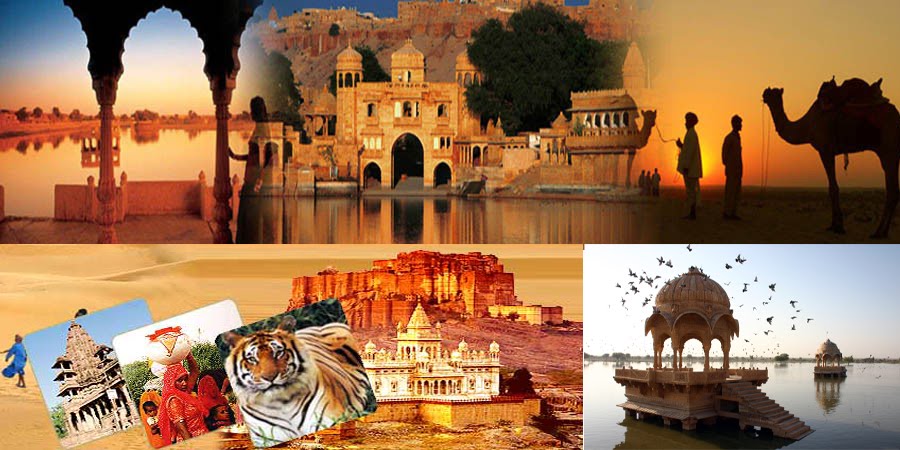Luna Vashi Temple, Mount Abu: A Jewel of Jain Architecture
Nestled within the cluster of Dilwara Temples in Mount Abu, Rajasthan's only hill station, the Luna Vashi Temple stands as an exquisite testament to Jain art and architecture. Dedicated to Lord Neminath, the 22nd Tirthankara, this temple, built in 1230 AD, is renowned for its breathtaking marble carvings and intricate detailing, captivating tourists and devotees alike.
Historical Significance: The Luna Vashi Temple was commissioned by two Porwad brothers, Vastupal and Tejpal, who were ministers in the court of the Vaghela ruler of Gujarat, Virdhaval. They built this magnificent shrine in memory of their late brother, Lunig, and hence the name "Luna Vashi." Sharing architectural similarities with the older Vimal Vashi Temple, the Luna Vashi showcases an evolution in craftsmanship with even more elaborate and refined carvings.
Architectural Marvel: Constructed entirely of pristine white marble, the Luna Vashi Temple exemplifies the Solanki style of architecture, which reached its zenith during this period. The temple complex follows a traditional Jain layout with a Gudha Mandap (main hall), a Navchowki (central hall), and a Garbhagriha (sanctum sanctorum).
The Rang Mandap, the main assembly hall, is a highlight of the temple. Its central dome is adorned with an intricately carved pendant that hangs like a delicate marble chandelier. Arranged in circular bands on the dome are 72 figures of Tirthankaras in seated posture and below them, another band features 360 smaller figures of Jain monks. The pillars supporting the mandap are also richly sculpted with figures of dancers and deities.
A unique feature of the Luna Vashi Temple is the Hathishala (elephant cell), which houses ten beautifully crafted marble elephants, each polished and realistically modeled. These elephants are depicted with riders, adding a touch of grandeur.
Within the temple complex, two niches dedicated to the wives of Vastupal and Tejpal, known as Derani and Jethani respectively, showcase images of Goddess Lakshmi along with sculptures of Tirthankaras Sambhavanatha and Shantinatha.
The Garbhagriha enshrines a black marble idol of Lord Neminath. The doorways and ceilings throughout the temple are adorned with incredibly detailed carvings of floral patterns, mythological scenes, and geometric designs, leaving visitors mesmerized by the skill of the artisans. The delicate latticework marble screens in the cloister surrounding the main shrine are particularly noteworthy for their intricate patterns.
Tourism Experience: Visiting the Luna Vashi Temple is a journey into artistic and spiritual excellence. The serene atmosphere and the sheer beauty of the marble carvings offer a tranquil and awe-inspiring experience. Photography is generally restricted inside the main temple areas to preserve the sanctity and the delicate carvings. Visitors are required to dress modestly as a sign of respect.
The Dilwara Temple complex, including the Luna Vashi, is usually open for tourists from noon to 6:00 PM. There is no entry fee, but donations are welcome. It is advisable to hire a local guide who can explain the historical and religious significance of the temple and point out the intricate details of the carvings.
Things to Do Near Luna Vashi Temple:
- Explore other Dilwara Temples: The Vimal Vashi, Pittalhar, Parshvanatha, and Mahavir Swami Temples, each with its unique architectural features and history, are located within the same complex.
- Visit Nakki Lake: A picturesque lake surrounded by hills, offering boating and scenic views, located a short distance from the temples.
- Hike to Toad Rock: A uniquely shaped rock formation near Nakki Lake offering panoramic views.
- Sunset Point: A popular spot to witness breathtaking sunsets over the Aravalli hills.
- Achalgarh Fort: An ancient fort with temples and scenic views, located a few kilometers away.
- Guru Shikhar: The highest peak in Mount Abu, offering panoramic views of the surrounding landscape and housing a temple.
- Mount Abu Wildlife Sanctuary: Home to diverse flora and fauna, offering opportunities for nature walks and wildlife spotting.





0 comments:
Post a Comment